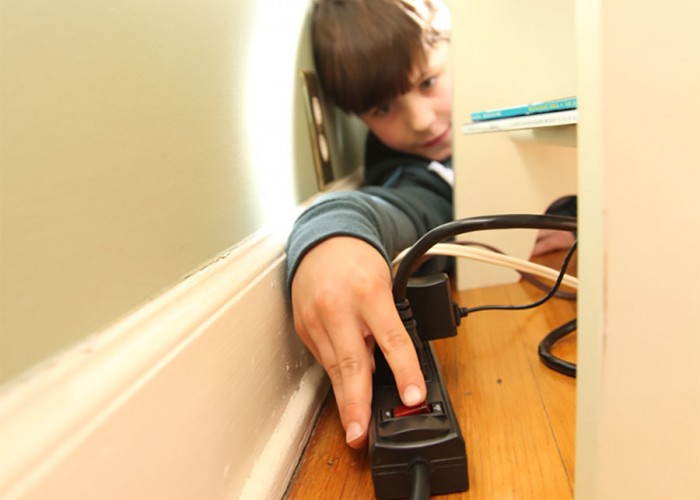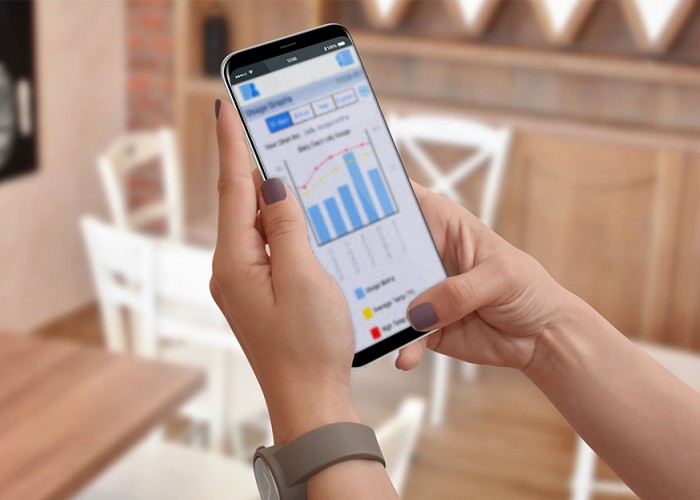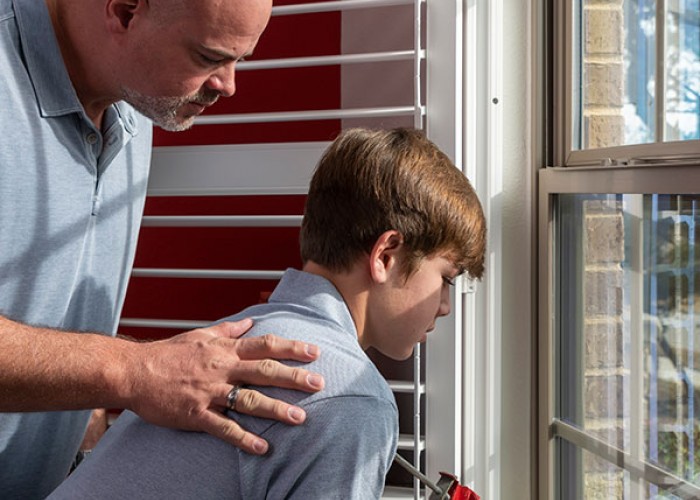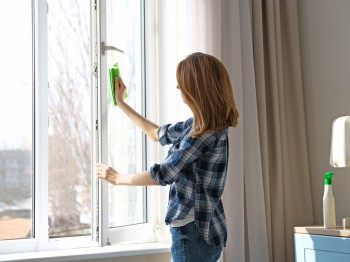Managing Home Energy Use During the Pandemic
How to save during a summer of social distancing
By Paul WesslundIf you want to make the best use of your efforts to save money on your energy bill, the U.S. Energy Information Administration (EIA) can show you where to start.
Nearly half of the electricity Americans use in their homes, 43 percent, goes to heating and cooling air and water. Nearly a third of our electric use, 31 percent, goes to running our heating and air conditioning systems. Another 12 percent powers our water heaters.
In second place for residential electricity use is a grab bag of appliances and lighting. One-fifth of the electricity we use in our homes goes to refrigeration (6 percent), lighting (5 percent), clothes drying (4 percent), and TV and video games (4 percent).
That means if you want to get the quickest and biggest return on energy savings, focus on how you use your heating and cooling system, as well as your water heater. That’s according to Keith Dennis, VP of consumer member engagement for the National Rural Electric Cooperative Association (NRECA).
“Turning off an LED light bulb may come to mind when you think about saving energy,” he says. “But in the grand scheme of things, looking at EIA’s numbers, it’s adjusting your thermostat that’s going to make the biggest difference.”
Other appliances and devices consume even smaller shares of our total energy use. Eight percent of residential electricity use comes from a combination of computers, freezers, washing machines, dishwashers and cooking appliances. Other home energy users include a range of devices like small appliances, exterior lights, outdoor grills and spa heaters.
COVID-19 and energy use
Even with the recent disruptions to daily life during the pandemic, the advice to focus on heating and cooling to save energy holds up. EIA has started revising its energy use predictions for 2020, and because of business closures and social distancing, they project that electricity sales to commercial and industrial customers will decline 6.5 percent.
With more people staying home, you might expect residential sales to increase, and they will, but not enough to overcome the weather. Even with more people staying home and using more heating and air conditioning, the weather is expected to be mild enough that EIA projects a 1.3 percent decline in residential electric sales this year. However, those predictions could well be adjusted depending on how quickly businesses reopen, and whether they adopt new ways of operating.
EIA predicts that as a result of the actions to control the spread of COVID-19, use of household electronic equipment will increase, and other uses of electricity, such as cooking or water heating, may also increase. Residential air conditioning use during summer months is also likely to increase.
Small adjustments, significant savings
During summer months, setting your thermostat a few degrees higher than normal can make a significant difference in energy use. The Department of Energy recommends setting your thermostat to 78 degrees or higher when possible. Consumers can achieve additional energy savings by investing in a smart or programmable thermostat.
In addition to monitoring your thermostat, lowering your water heater temperature to 120 degrees is an easy way to save energy, and for every 10 degrees reduced, consumers can save 3 to 5 percent on water heating costs.
For persistently high energy bills, contact your local electric co-op for a more thorough evaluation of your home and how you use energy. Consumers can also find a wide range of additional ways to save energy at energystar.gov.
Small changes to energy use habits, like turning off lights when you leave a room or unplugging devices when not in use, can help you save. But to make the biggest difference in energy use — even during a global health crisis — pay attention to how you heat and cool your home. That’s where the biggest potential for saving energy lies.
About the Author
Paul Wesslund writes on consumer and cooperative affairs for NRECA, the national trade association representing more than 900 local electric cooperatives. For more ideas on energy efficiency, visit carolinacountry.com.-
More ways to save energy
-
Share this story:







